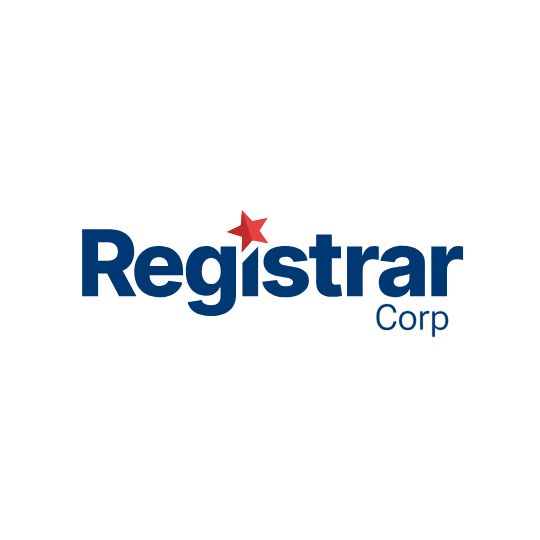The journey from promising molecule to market-ready medicine culminates in one of the most scrutinized processes in regulatory science: the FDA New Drug Application (NDA). It is the formal mechanism through which sponsors seek FDA approval to market a new pharmaceutical product in the United States.
As the gold standard for demonstrating safety, efficacy, and manufacturing quality, the NDA is far more than paperwork—it is the final proof of a sponsor’s scientific integrity, regulatory diligence, and commercial readiness. Billions may ride on a successful submission, but so does something even more critical: patient access to innovation.
What Is an NDA?
Under Section 505B1 of the Federal Food, Drug, and Cosmetic Act (FD&C Act), the NDA is the required submission for any new chemical entity (NCE) or drug product that does not rely on previously approved data. Unlike abbreviated or hybrid pathways (e.g., 505J ANDA or 505B2), the 505B1 NDA must include complete reports of safety and efficacy, derived from original studies conducted by or for the applicant.
The NDA enables the FDA to assess the benefit-risk profile of a new drug based on clinical, nonclinical, and manufacturing data. Approval confirms that the product meets U.S. standards for human use.
When to Use a 505B1 NDA
The 505B1 route is mandatory when:
- You are developing a new chemical entity not previously approved in the U.S.
- You have a novel indication or therapeutic use for an unapproved drug.
- Your product involves a new mechanism of action, delivery system, or formulation without existing reference data.
- You cannot rely on any previous FDA findings or publicly available literature.
In short, if your product is truly innovative and first-in-class, 505B1 is the regulatory path.
How an NDA is Structured and Submitted
NDAs are submitted in electronic Common Technical Document (eCTD) format, consisting of five modules:
- Administrative and Product Information (e.g., forms, certifications, user fee cover sheet)
- Summaries (overview of quality, nonclinical, and clinical data)
- Quality (CMC documentation)
- Nonclinical Study Reports
- Clinical Study Reports
The FDA requires strict adherence to eCTD formatting, folder structure, and metadata tagging. Errors in technical submission can delay acceptance or trigger a Refuse to File (RTF) letter.
FDA Review Timeline and Regulatory Milestones
Once submitted, the NDA enters a rigorous FDA review process:
- Day 0: NDA submission
- Day 60: Filing decision (whether the NDA is accepted for review)
- Day 74 Letter: Outlines review plan and key issues
- Mid-Cycle Review (approx. Day 120–130): FDA provides feedback on data integrity, labeling, or inspection needs
- Advisory Committee Meeting (if applicable): Independent expert review
- Day 180–210: FDA issues approval, complete response, or other decision
Total review time:
- Standard NDA: ~10 months
- Priority Review: ~6 months
Sponsors can use FDA meetings (Type B and C) throughout this timeline to resolve issues and align on expectations.
Labeling, REMS, and Risk Mitigation
Labeling is one of the most scrutinized aspects of NDA review. It defines how the drug is prescribed, dispensed, and understood by physicians and patients.
Sponsors must submit:
- Draft labeling (package insert, medication guide)
- Carton and container labeling
- Risk Evaluation and Mitigation Strategies (REMS) if required, especially for drugs with serious safety profiles
A clear, FDA-aligned labeling strategy can improve approval odds and reduce postmarket compliance risk.
Common NDA Pitfalls to Avoid
Despite the structured nature of the NDA process, sponsors often encounter avoidable issues that delay approval or trigger FDA rejections. These pitfalls usually stem from either lack of preparation, insufficient FDA engagement, or underestimation of regulatory complexity. Here’s a closer look at the most common missteps and how to avoid them:
- Incomplete Clinical Data or Weak Study Design: Sponsors may submit NDAs with inadequate sample sizes, flawed endpoints, or insufficient statistical power. The FDA requires evidence that supports the proposed indication, including meaningful benefit-risk data for the target population. A poorly constructed study protocol can be fatal to approval chances.
- Gaps in Nonclinical Data: Even if clinical results are strong, missing or outdated toxicology, pharmacology, or genotoxicity data can undermine safety credibility. Every element of the nonclinical package must be robust, especially when supporting a new chemical entity.
- CMC Shortcomings: Inadequate process validation, insufficient stability data, unclear specifications, or missing manufacturing controls are among the top reasons for CRLs (Complete Response Letters). CMC readiness must be achieved early and maintained across global sites.
- eCTD Formatting or Technical Errors: Submissions that don’t adhere strictly to eCTD requirements may receive a Refuse to File (RTF) notice. These are preventable with experienced publishers and QC reviewers involved before submission.
- Poor FDA Engagement Strategy: Failing to request or fully leverage pre-NDA meetings leads to blind spots in expectations. Sponsors that go in cold often face regulatory surprises that could have been preempted months earlier.
- Inadequate Labeling Preparation: Labeling should not be treated as an afterthought. Sponsors often wait too long to start labeling strategy or fail to build it based on data collected in trials. This can trigger negotiations or delay.
- Lack of Internal Cross-Functional Coordination: A successful NDA is a multi-departmental effort. When regulatory, clinical, CMC, and commercial teams are not aligned, gaps arise—and those gaps delay or derail approval.
Early regulatory planning and a cross-functional review team are critical to preventing last-minute surprises.
Market Exclusivity and Patent Strategy
A successful NDA may unlock:
- Five years of New Chemical Entity (NCE) exclusivity
- Seven years of orphan drug exclusivity (if applicable)
- Six-month pediatric exclusivity for compliant pediatric studies
Patent strategies should be coordinated with exclusivity to protect your commercial position. All applicable patents must be listed in the FDA’s Orange Book, and sponsors must prepare for potential Paragraph IV challenges from generics.
Don’t Let the NDA Be Your Bottleneck
Submitting a New Drug Application isn’t just about compiling studies. It’s about articulating a credible, compelling case to the FDA that your product deserves to reach the market. It demands alignment across science, regulation, and commercialization—with zero room for error. Our experts at Registrar Corp provide support towards already-approved applications and not in filing for initial approval. While Registrar Corp does not offer scientific or clinical input for original New Drug Applications (NDAs), we specialize in the administrative and technical aspects of regulatory maintenance. From compiling amendments and variations to managing eCTD submissions, lifecycle updates, and regulatory correspondence, our role is to ensure that your approved products stay compliant, current, and audit-ready.
Don’t let your NDA submission stall your innovation. Partner with Registrar Corp to bring your drug to market with clarity, compliance, and confidence.









